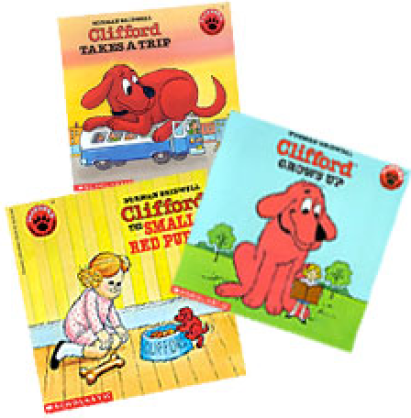We have been working with series of books in Readers’ Workshop lately. Our newest unit, which has a focus on patterns, characters and changes, is asking students to look at a series of books (one per group) to find similarities and differences. Each kiddo in the group is reading a different book (which is something I’ve never done before) and when they meet, the team is responsible for talking about what they’ve each found in their books individually.
We’ve worked on looking at what is always the same (patterns in the series), what we can learn about characters, asking ourselves why certain things are important, marking the text with post-its so we don’t forget what we’ve noticed, talking “long and strong” about our post-it notes, making sure we understand what our partners are saying by asking clarifying questions, and using a Venn diagram to model what we notice between the books in our groups.
We’ve chosen books series that match each level of reader in my classroom: Horrible Harry, Roscoe Riley Rules, Berenstain Bears, Clifford, Mercy Watson and Little House on the Prairie.
It’s been really exciting to see what they’ve been able to do with this study. For many it’s the first time they have really read a chapter book. While each group has different conversations based on the members and the books, each works with diligence and purpose as they discuss what they are learning about their texts. They are really thinking deeply about their books, having fun with literacy and their reading conversations are leaking over into other parts of our day. The other thing I’ve seen is that many have been positively pressured to higher levels of thinking and participating because of what they see their friends doing. Love that kind of friendly competition!
I know this kind of thing would be best explained with videos, but all I have is pictures. Imagine that you can hear quiet murmurs of engaging conversations around books that kids love and it would sound just about right!
What series do you enjoy reading? We’d love some recommendations for our next choices! 🙂





















































